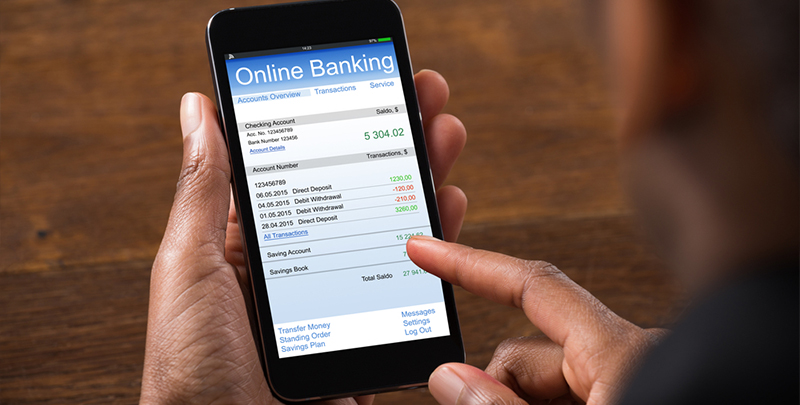You are at home, waiting for an important bank update. You recently changed your mobile number and realise the message won’t reach you. Your old number is still registered with your bank account, and it suddenly dawns on you that you are missing out on essential notifications like transaction alerts and OTPs. This could affect not only your ability to make payments but also your account security.
But don't worry; here we will highlight how to change mobile number in bank account.
Importance of mobile number for your bank account
The significance of a mobile number in the context of banking cannot be overstated. It serves as a primary point of
contact between you and the bank. Here's why it's so crucial:
- Security: Banks use mobile numbers to send OTPs (one-time passwords), which are essential for validating
online transactions. This adds an extra layer of security as the OTP is sent to a device only you should have
access to.
- Real-time alerts: Banks send instant SMS alerts for transactions, helping you monitor account activity.
This can be crucial in detecting and responding to unauthorised transactions quickly.
- Easy access to services: Many banking services, like balance inquiries or transaction history requests,
can be accessed via SMS commands sent from your registered mobile number.
- Identity verification: Your mobile number aids in identity verification processes, whether you’re logging
into online banking or speaking with customer service.
- Convenience in online banking: Your mobile number is often used to receive information necessary for
resetting passwords or unlocking your account.
- Updates and notifications: Banks use your registered number to keep you informed about new services,
policy changes or important notices.
Also Read: 6
things to consider before opening a Savings Account
Ways to change the mobile number linked to your bank account
1) ATM
- Insert your card into an Axis Bank ATM.
- Enter your PIN.
- Select 'Registrations'.
- Choose 'Mobile Number Update'.
- Enter the new mobile number and re-enter it for confirmation.
2) Branch visit
- Visit your nearest Axis Bank branch.
- Fill out the 'Customer Request' form online or at the branch.
- Submit the form to the bank officials with the updated mobile number.
Benefits of updating the mobile number in your bank account
- Enhanced Security: By updating your mobile number, you strengthen the security of your account. Banks send instant alerts for any transactions, so you will quickly notice unauthorised activity, allowing for swift action.
- Seamless Account Access: Your updated mobile number helps with smooth login and authentication processes. Many banks require OTPs (One-Time Passwords) sent to your number for online transactions, making it easier to manage your account.
- Immediate Fraud Notifications: With your current mobile number on record, banks can instantly notify you of suspicious activities. This helps you act quickly to secure your account if any irregularities arise.
- Effortless Password Recovery: An updated mobile number simplifies the reset process if you forget your online banking password. You will receive OTPs for verification, enabling faster and hassle-free password recovery.
Conclusion
Updating your mobile number linked to your bank account is a simple yet essential task that greatly enhances your
banking experience.
For Axis Bank Savings Account holders, this
process is streamlined and can be completed through various convenient methods such as mobile banking, ATMs, or by
visiting a branch. Keeping your contact information updated with Axis Bank not only ensures the security of your
transactions but also provides you with the convenience of receiving timely account notifications and easy access to
a range of banking services.
Also Read: 10
benefits of opening an Axis Bank Digital Savings Account
Remember, in the fast-paced world of digital banking, staying updated is not just a convenience; it's a necessity for
safeguarding your financial well-being.
Disclaimer: This article is for information purpose only. The views expressed in this
article are personal and do not necessarily constitute the views of Axis Bank Ltd. and its employees. Axis Bank
Ltd. and/or the author shall not be responsible for any direct / indirect loss or liability incurred by the
reader for taking any financial decisions based on the contents and information. Please consult your financial
advisor before making any financial decision








